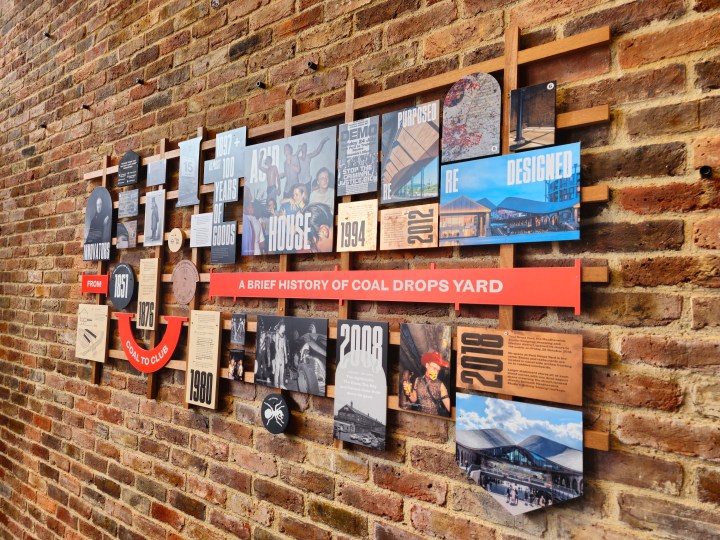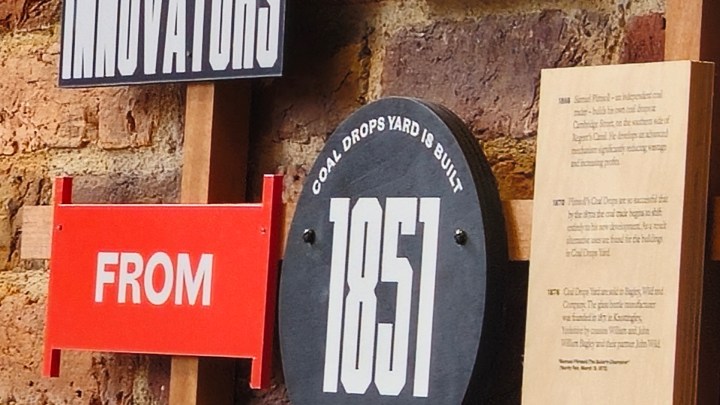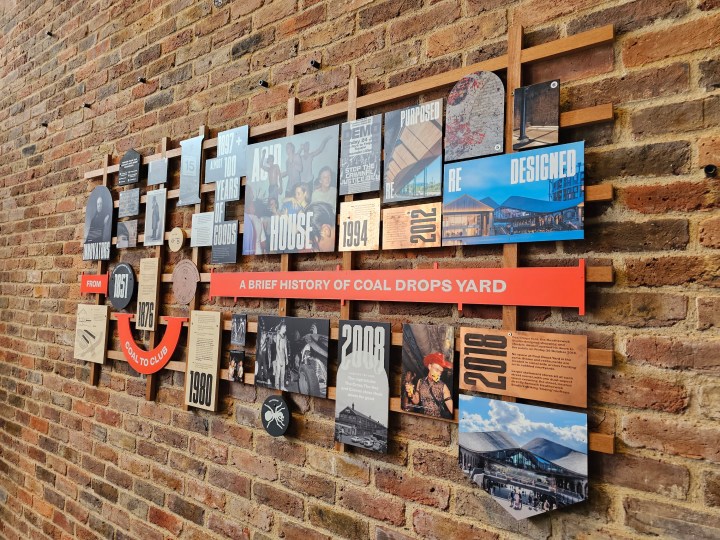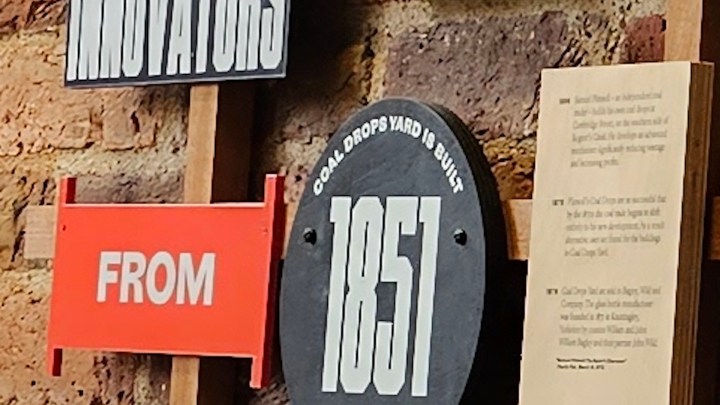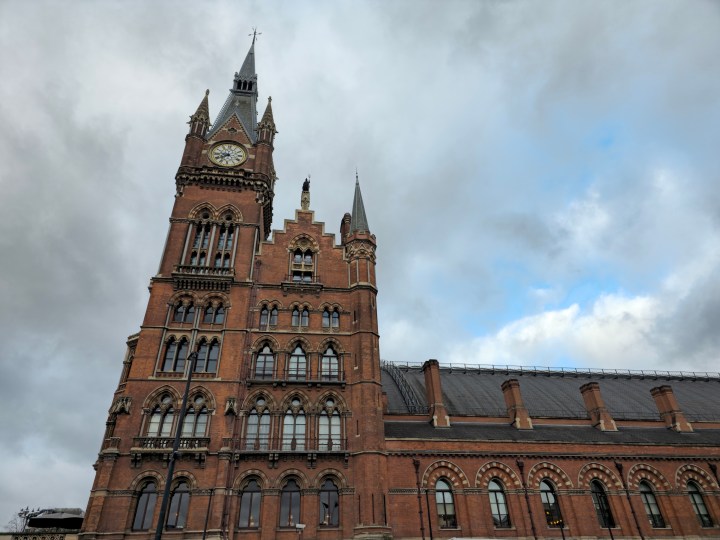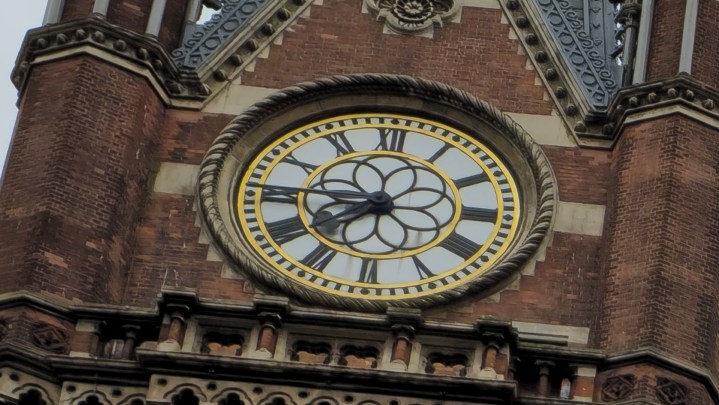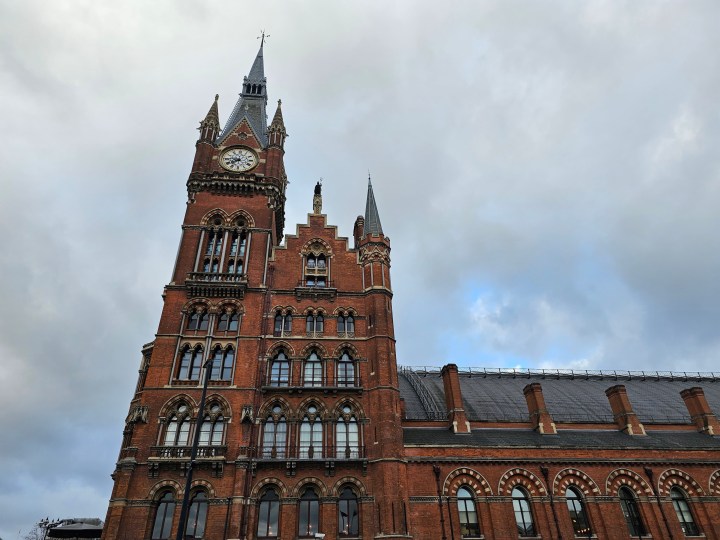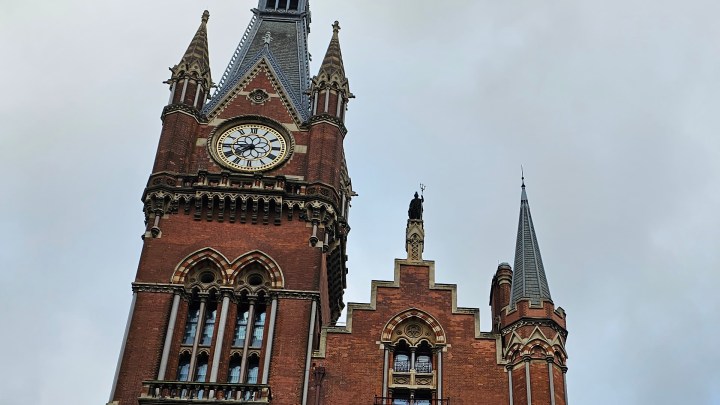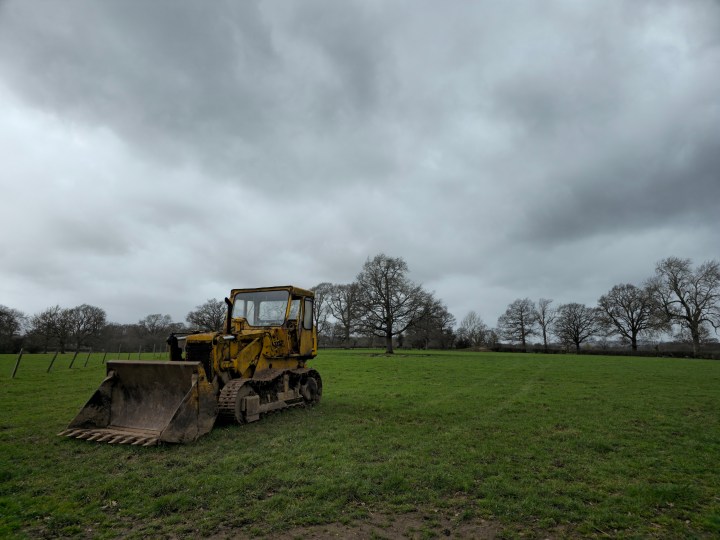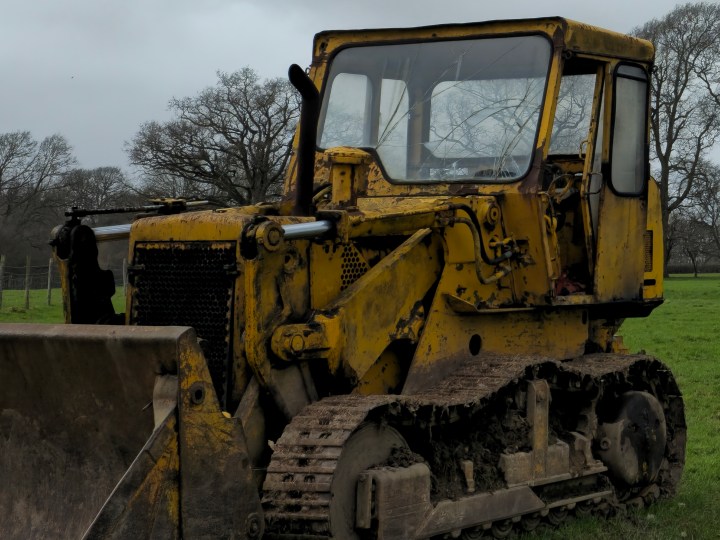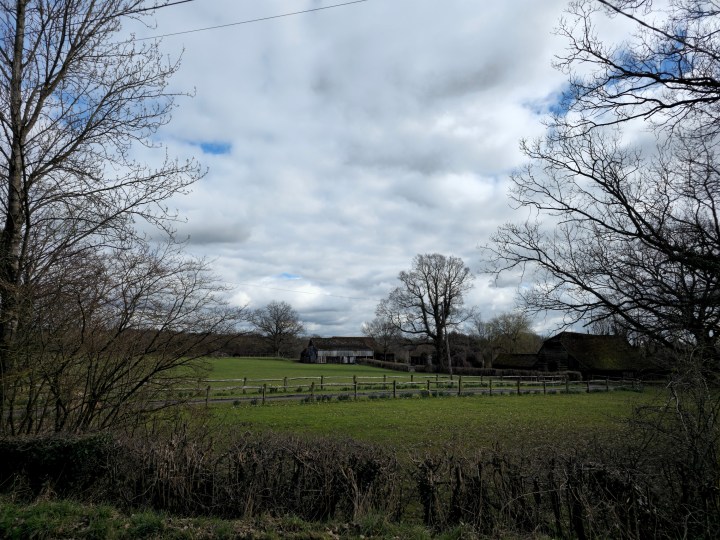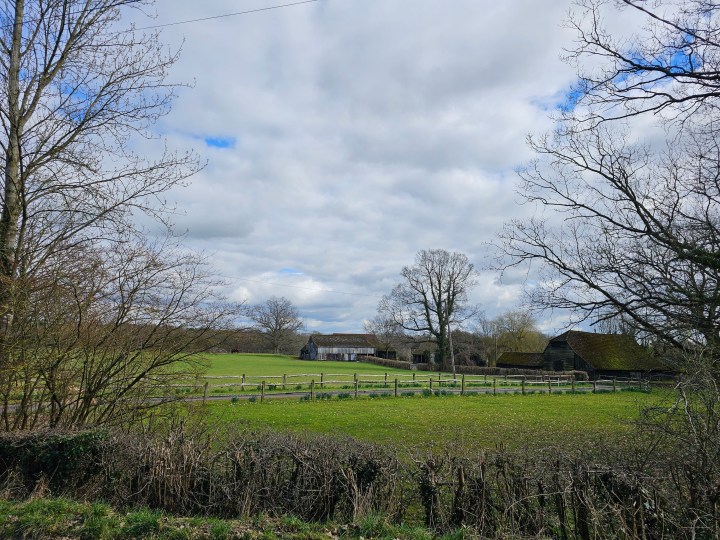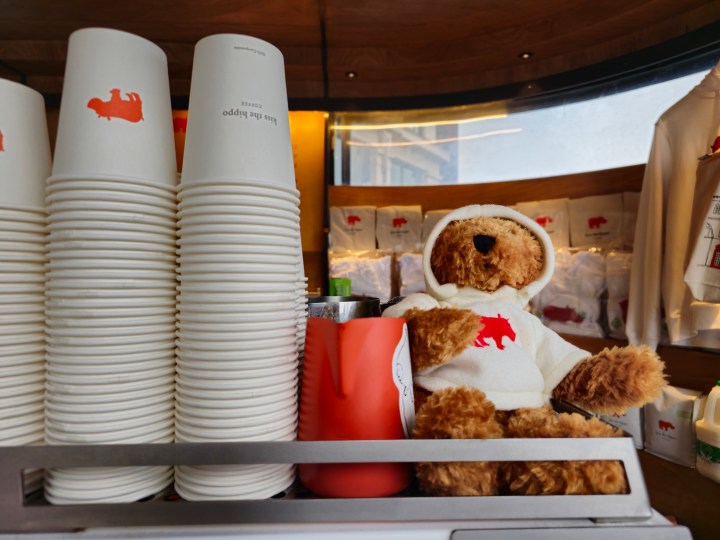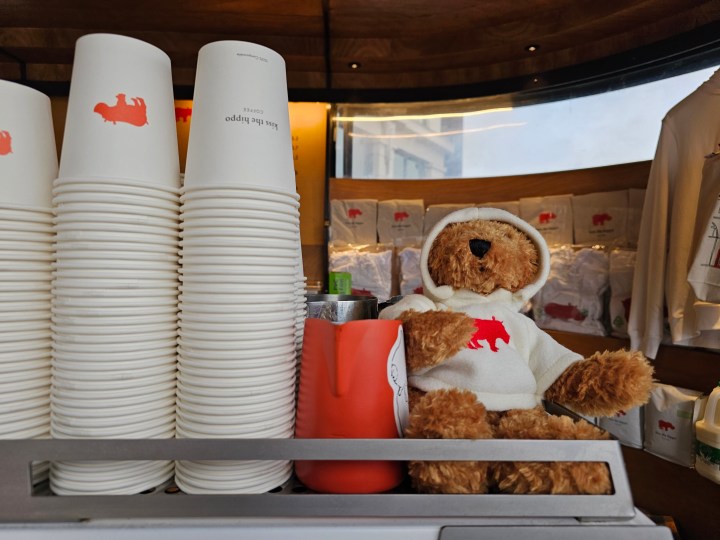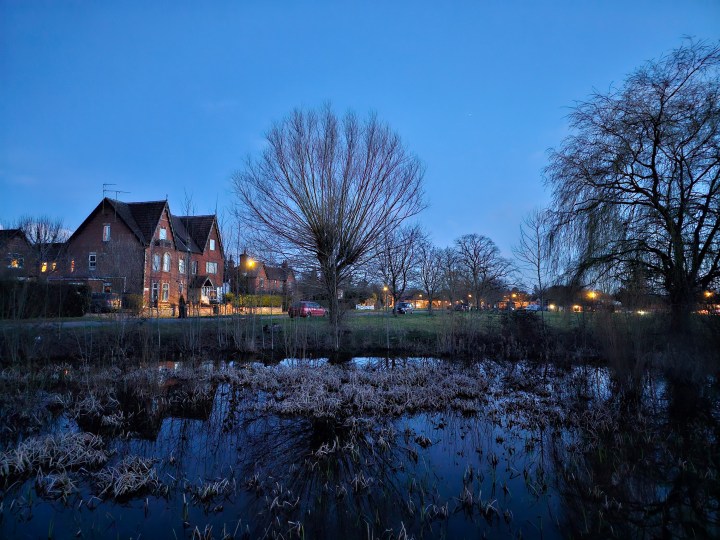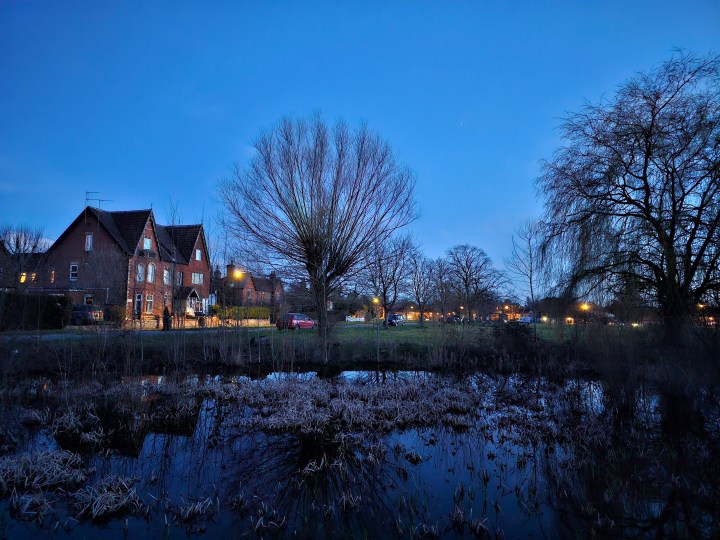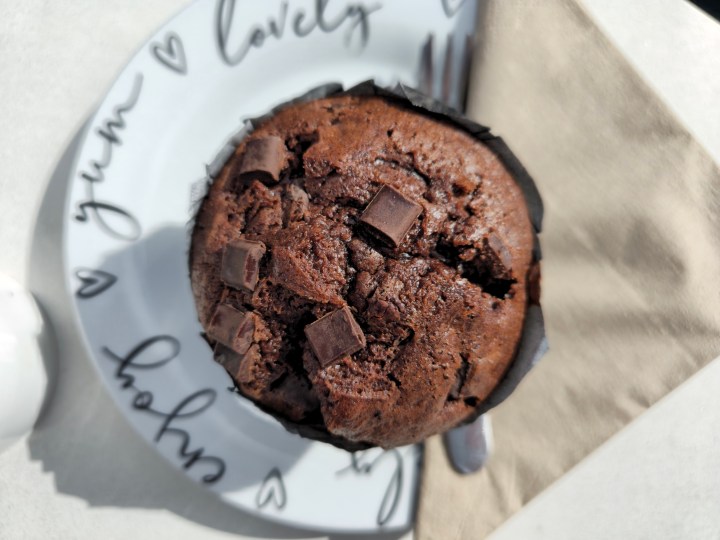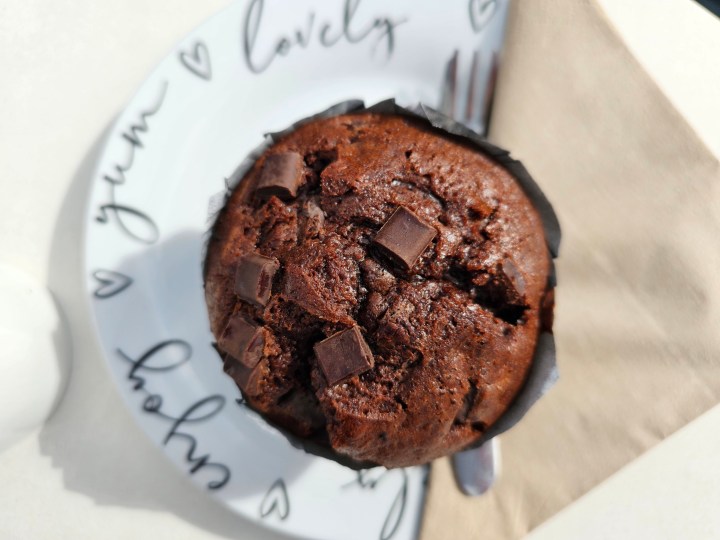The Samsung Galaxy S23 Ultra has a whopping 200-megapixel camera on the back, and it’s one of the major differentiators between it and the otherwise fairly similar Galaxy S22 Ultra. But in normal, everyday use, the camera defaults to taking 12MP photographs. Due to its clever pixel-binning technology, this ensures you get great photos that quickly exploit the massive sensor’s true ability, before wrapping the results up in a sensibly sized file.
However, you can activate a 200MP photo mode and take pictures at full resolution. The temptation is always to think that the more megapixels, the better — but is that the case for the Galaxy S23 Ultra? I’ve been out to see if you should be experimenting with the 200MP camera, or if it’s a gimmick best left alone. If you’ve not seen what the
Think before you use 200MP mode
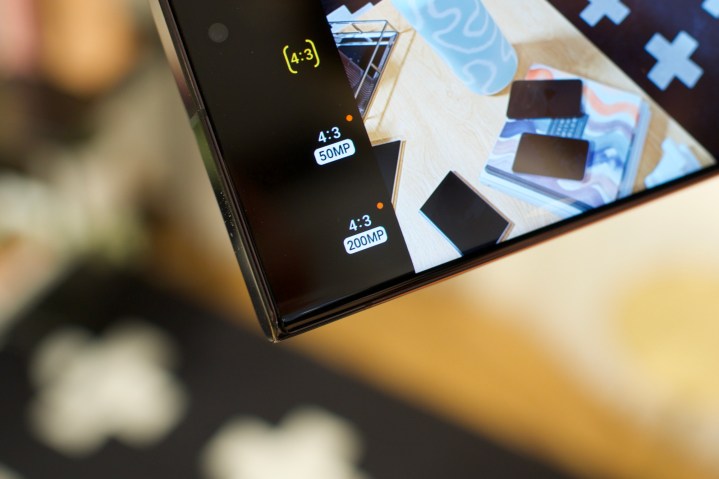
Where can you find the 200MP mode on the
There are two big considerations to know before you start using 200MP mode. The first is you lose the ability to use the wide-angle mode, and the 3x and 10x telephoto zoom modes. If you want to use any of these, then you’ll have to use the standard 12MP mode. The other consideration is the file size. Photos taken at 200MP take up a lot more internal storage space than photos taken at 12MP. A normal 12MP, 4000 x 3000-pixel photo is usually between 2MB and 5MB, but a 200MP, 16320 x 12240 photo can be between 35MB and 50MB. It’s easy to see how fast your internal storage space would be eaten up shooting only at 200MP.
You will also miss out on many of the AI-driven features, including Samsung’s Best Shot suggestions, the Focus Enhancer (which activates the macro mode), and other scene recognition modes. Night mode still operates, but the camera’s HDR effects aren’t noticeable during the daytime. You’re mostly on your own with 200MP mode, so is it worth it?
Before we look at the photos, the original shots below have been resized to make them suitable for publication, but all have been uploaded to a Flickr album at full resolution, so if you’re curious, you can see them there.
No telephoto, no problem
The two photos below show where the 200MP camera’s major strength lies, and that’s in the ability to crop an image down and not lose as much detail as you would with a 12MP photo. This means you will miss the telephoto mode less in some circumstances. Leaving the main image’s qualities aside for a moment, let’s concentrate on a specific section in this first image that’s furthest away from the camera.
I isolated the “From 1851” section specifically, along with some of the text around it from both photos. In the cropped section taken from the 200MP photo, I resized the image down to 1920 x 1080 pixels, while the 12MP image had to be increased to the same size, as the cropped section contained fewer pixels.
The differences are obvious. The crop from the 200MP photo is still surprisingly sharp, and even some of the text to the right of the 1851 sign is readable, plus the brick behind it has definition and texture. The 12MP photo crop is pixelated and lacks sharpness. I’ve taken the crop to a fairly extreme level here, to show how much more detail is contained in the 200MP photo, so let’s look at a photo that doesn’t isolate such a small area.
This time I’ve cropped a 1920 x 1080 pixel section from each photo directly, so there’s no need to resize either image. This demonstrates just how massive the 200MP photos are. In the 12MP photo, the majority of the clock tower and its spires are contained in the crop, but to meet the same pixel count with the 200MP camera, you get a close-up of the clock face. Considering the amount of cropping here, the image retains plenty of detail and definition.
This won’t be news to everyone, but when you shoot with the full resolution 200MP camera, the opportunity to crop the image down to replicate a telephoto zoom is there. In the last photo here, I cropped a 4000 x 3000-pixel section of a 200MP photo, which is the same resolution you’d get from the camera’s 12MP mode, so you can see what’s possible.
Cropping photos like this can be helpful in some situations, but the S23 Ultra’s excellent 3x and 10x optical zoom modes work far better in others, especially when taking photos of small objects or animals. Let’s compare 12MP and 200MP photos as a whole next, and see what else is possible with the giant images.
Comparing full-resolution photos
The standard 12MP camera mode takes different-looking photos to the 200MP full resolution mode, and there are situations where you absolutely won’t want to use the high-res camera at all. You can immediately see in the first photo how the
The 200MP camera often takes warmer photos, too, as you can see in the second photo, where the lighting and red colors are very different from the 12MP photo’s treatment. There are also differences in white balance, and while one isn’t technically better than the other, the 12MP photo is more attractive to the eye. This photo also reveals how the 12MP camera is far better at taking photos close up, a situation where the 200MP camera often fails to focus properly.
It’s interesting to see the results of shooting photos in the dark. The 200MP camera does employ Night mode, just like the 12MP camera, and there’s a distinctly brighter, more realistic tone to the photos it takes. However, in most photos I took, the 12MP mode showed more detail, and the 200MP photo introduced blur in spots where it was missing entirely in the 12MP photo. Samsung’s software worked harder to sharpen and enhance the lowlight photos in the 12MP mode too.
The lack of AI-driven enhancement is noticeable in the photo of the muffin, where the 12MP photo has changed the chocolate color and adjusted the white balance, whereas the 200MP photo is largely unchanged. There are masses of detail in each photo, but the focus is better in the 12MP shot. I love the depth of field in both, though.
What’s clear is you’ll take great photos if you decide to use the 200MP setting more often, and it’ll outperform the 12MP mode in some situations. Although the files it produces are going to take up plenty of space, don’t let it stop you from using it.
That said, do think about the scene, and the effect you’re looking for from your photo, as the 12MP mode may suit your needs better. But the biggest consideration is that if you’re planning to share the photo online, the 12MP photo will almost always be more eye-catching, and certainly a more sensible file size.
Is the S23 Ultra’s 200MP camera a gimmick?
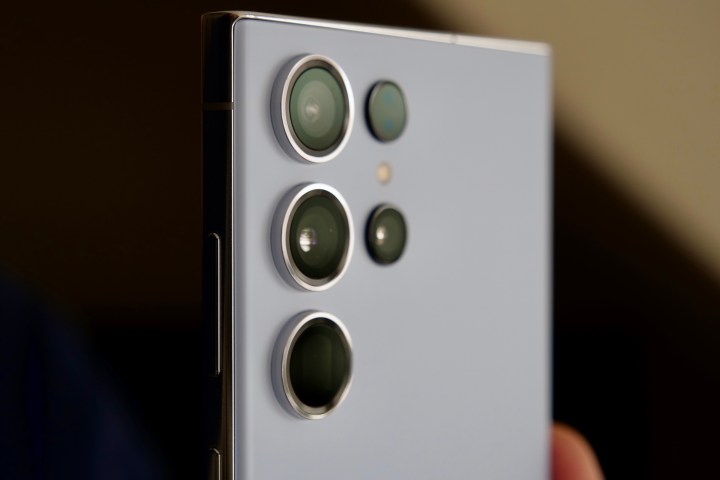
No, the 200MP camera mode isn’t a gimmick, but it’s not something everyone will want to use all the time, and nor should they. There are opportunities to crop down to smaller images from within a 200MP photo, or, alternatively, to take advantage of its massive pixel count and print them out as a giant single image. But in reality, not many people will want to do either of these things very often.
If you take photos with the 200MP camera at full resolution you will miss out on some of Samsung’s software enhancements and features. Some people may appreciate the natural look more, but people wanting to remove the effects and have a “cleaner” photo may get more from shooting RAW format images with the Samsung ProRAW app, and using Adobe Lightroom to edit them.
The 200MP mode on the
Editors’ Recommendations


